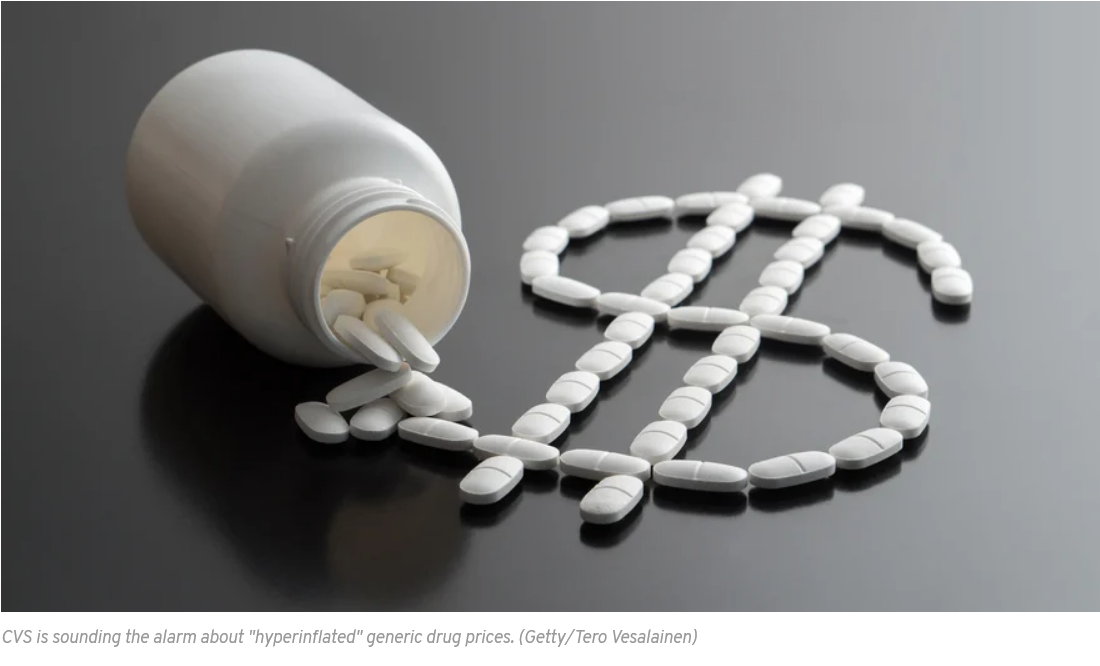by Paige Minemyer | Jun 22, 2021 3:00pm
This is an example of a growing trend: medications, including many generics, with “hyperinflated” prices, experts at CVS Caremark say. The pharmacy benefit manager giant culled 72 such drugs from its formulary in 2020 alone, leading to savings of $1.2 billion compared to 2018.
Prem Shah, executive vice president of specialty pharmacy at CVS Health, told Fierce Healthcare in an interview that this trend is a recent one. The approach began to shift as drugmakers took heat for making high annual price hikes on certain therapies.
A drug’s price may become hyperinflated if the manufacturer introduces a new formulation or dosage at a significantly higher price, or if it’s introduced under another name. Monitoring these therapies, he said, allows the PBM to eliminate “outlier” spend on drugs that may have low value.
“We want to make sure we have all the tools available for our customers to manage this appropriately,” Shah said.
CVS first launched a program to address hyperinflated drugs in 2017, and it pulls drugs from its formulary when they have a far cheaper equivalent or if the price doesn’t match up with quality metrics.
Another drug pulled from the formulary last year was a certain brand of muscle relaxant chlorzoxazone, which was priced at $2,356 for a 30-day supply. An alternative costs $1.64.
Shah said that in addition to inflating spend for plan sponsors and health insurers, these therapies can also impact the patient’s costs. A member enrolled in a co-insurance plan, for example, pays their cost-share as a percentage of the drug’s cost; a hyperinflated product will have a much higher price tag for them.
He said the team tracks pricing information through its data and analytics platform, then coordinates with the clinical team about any unusual pricing behavior or outliers. Once products are identified, they’re subject to disciplinary action that can include full removal from the formulary, he said.
Shah said the goal is to proactively identify products that could drive up spending and avoid unnecessary costs.
“Our clients’ expectation is that we eliminate this wasted spend,” Shah said. “It’s something we’re actively doing.”

